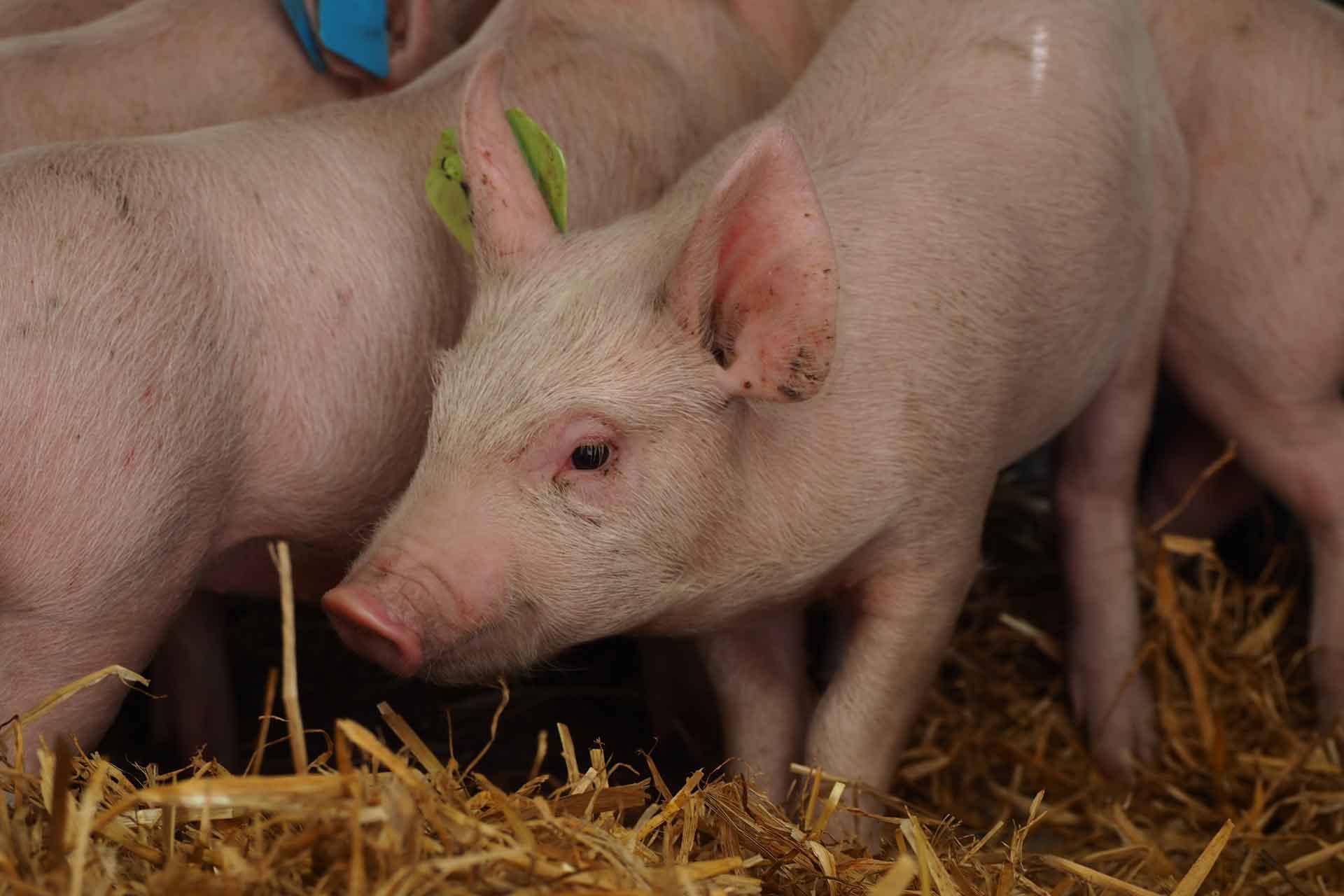Researchers from The Pirbright Institute, University of Bristol, Cardiff University and University of Oxford have generated tools that allow scientists to understand a vital area of the pig immune system which was previously inaccessible.
The breakthrough research, described in PLOS Pathogens, used a unique line of Babraham inbred pigs to develop novel tools for examining the response of immune cells, called CD8 (killer) T cells, against flu infection or vaccination in pigs. The study brings methods for studying these vital immune cells up to the same high standards that are available for humans and mice.
The methods developed show how the T cells are recruited in large numbers in the lung after infection with influenza or aerosol vaccination. The tools can also be used to identify virus proteins that are recognised by the immune system, offering the potential to design more effective vaccines. The same methods can be applied to other important pig diseases such as foot-and-mouth disease and African swine fever.
Dr Elma Tchilian, head of the Mucosal Immunology group at Pirbright said: “This study will equip us to track T cells during infection and understand how best to vaccinate animals and humans to achieve powerful protective immune responses. Our tools fill a gap which previously hindered swine immunology research, and can now be used in the study of many diseases.”
T cells can provide protection against multiple strains of flu, but current vaccines are unable to activate them effectively. The tools in this study were successfully used to examine pig T cell responses to influenza for the first time, showing that aerosol delivery of a candidate influenza vaccine is highly efficient in triggering T cell responses in the lung. This localised response is essential for protection against respiratory diseases.
“Pigs provide a very good model system for influenza virus infection” said Professor Andrew Sewell, lead author of the study. “They can be infected with both human and bird flu in addition to swine flu and are known to act as important ‘mixing vessels’ for the creation of pandemic flu strains.”
Pirbright researchers have shown in a paper published in HLA that Babraham pigs are almost identical in molecules that are vital for initiating T cell immune responses (MHC molecules), which reduces experimental differences between animals. As the only example of a large inbred pig breed, their physiological similarities to commercial pigs and indeed humans mean the Babraham pigs could play an important role in studying swine infectious diseases, and as a preclinical model for human disease.
